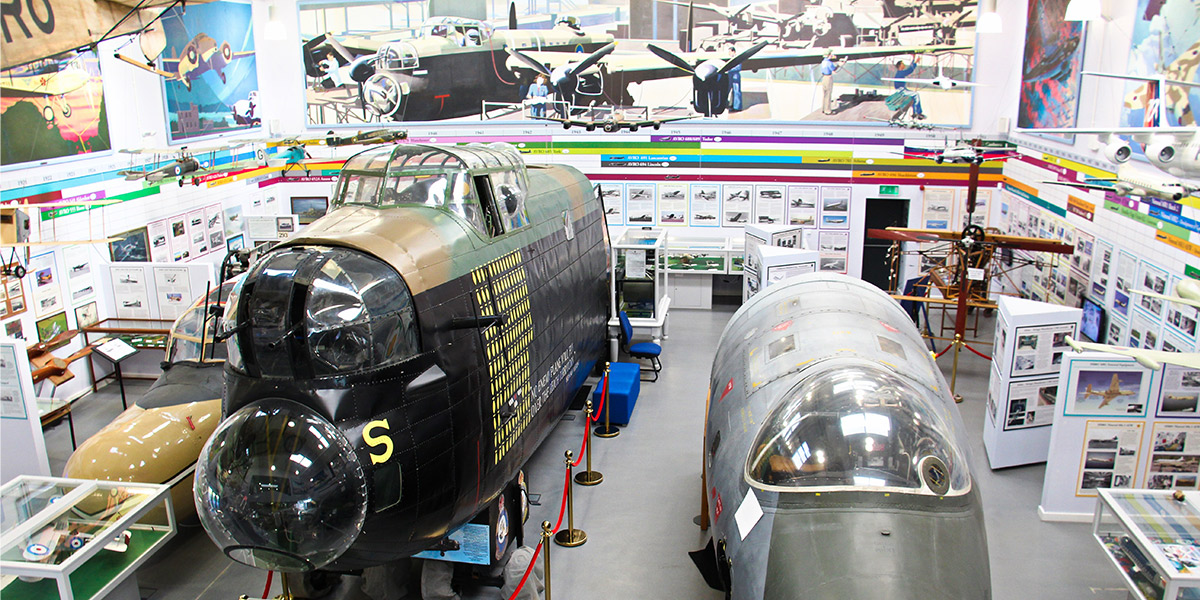AVRO Heritage Museum Woodford
Header image: Inside the Avro Heritage Museum, Woodford. (Photo: Clive Rowley)
The editor recently had the opportunity to visit the AVRO Heritage Museum at the former Woodford airfield. The aerodrome closed in 2011 and is now being redeveloped as the Woodford Garden Village housing estate. The museum is located in the former airfield fire station, which was extended and renovated to host the museum with funding from BAE Systems as part of the deal to sell Woodford aerodrome for redevelopment. It has now been open for four years and is working towards full museum accreditation; it also has further expansion plans, including the loan of additional aircraft from the RAF Museum collection.
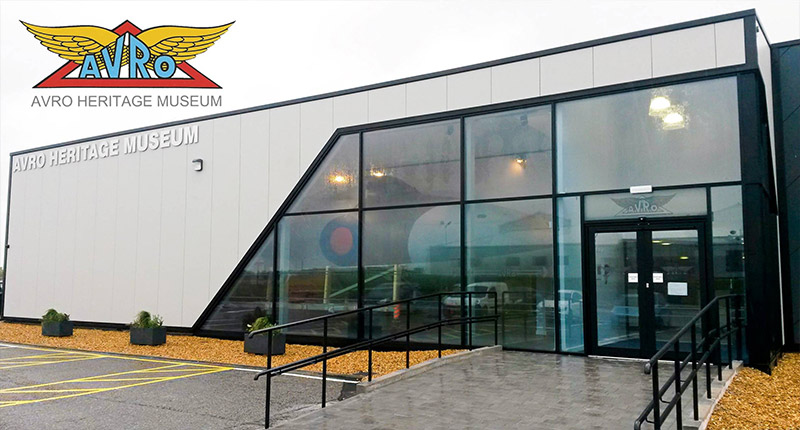
Woodford airfield, five miles south of Stockport near Manchester, originally opened in 1924 when aviation pioneer Alliott Verdon-Roe bought the land to enable his Avro company to move its aeroplane assembly and test flying facilities from Alexandra Park Aerodrome in Manchester.
During World War Two, 3,032 Lancaster bomber aircraft were produced by the Avro workforce at the Chadderton factory, which lacked an airfield. The Lancasters manufactured at Chadderton were transported, by road, to Woodford Aerodrome for final assembly, testing and delivery. Amongst other famous aircraft types built at Chadderton and assembled at Woodford were the Avro Shackleton and the Vulcan.
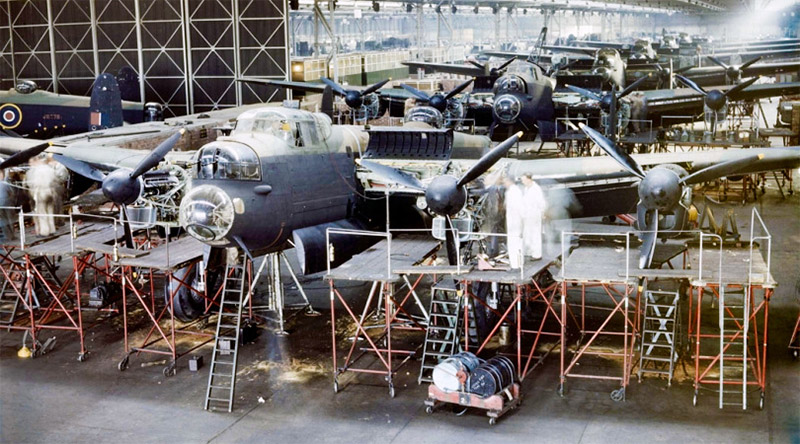
The museum traces the history of Avro and its aircraft from 1907 with a timeline, story boards, models and exhibits. The museum houses the nose sections of Vulcan XM602, Woodford-built Canberra TT18, a Nimrod MR2, a Vickers VC10 C1K ‘tanker/transport’ aircraft, a HS748, an Avro Anson and a Lancaster nose section mock-up. Some of the cockpits, including the Lancaster, Vulcan, Nimrod and VC10 are open to visitors for a small extra charge. Meanwhile, the complete airframe of Vulcan B2 XM603 sits proudly outside the museum, now painted in the original all-white ‘anti-flash’ colour scheme.
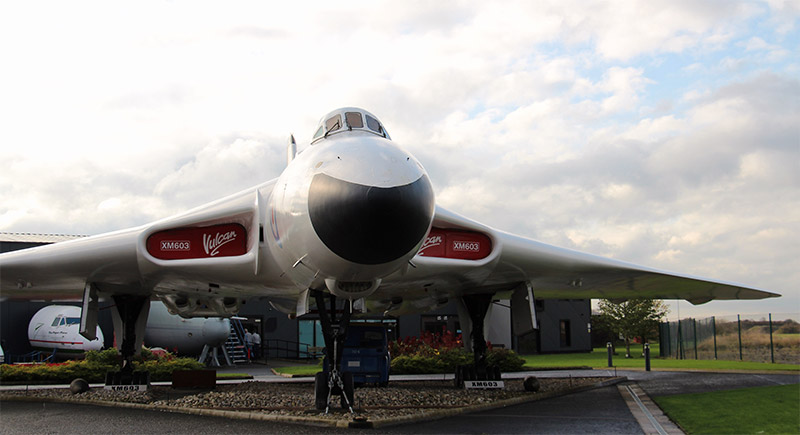
Best of all, from the editor’s point of view, was the museum’s virtual reality (VR) Lancaster bombing raid experience. The VR experience is based on an actual recording of a real bombing raid to Berlin on the night of 3rd/4th September 1943, which was broadcast on BBC radio the following day. BBC war correspondent Wynford Vaughan Thomas and soundman Reg Pidsley flew on board Lancaster ‘F-Freddy’ of 207 Squadron from RAF Langar, Nottinghamshire, during the raid. For no extra charge visitors to the museum can don a set of VR goggles and experience being on board the Lancaster in various parts of the aircraft, as it takes off from Langar at dusk, penetrates the searchlights and ‘flak’ over Holland with other Lancasters being shot down nearby. You can look over the bomb-aimer’s shoulder as Berlin is bombed, and watch and listen in as the Lancaster’s gunners shoot down a German night fighter. The trip is condensed into 15 minutes and you feel as though you are really there in the aircraft, sharing the sortie with the crew and experiencing a small part of what it was like and the fear that they did not show but must have felt (I know I did). The VR experience was designed by VR Immersive Education in conjunction with the BBC.
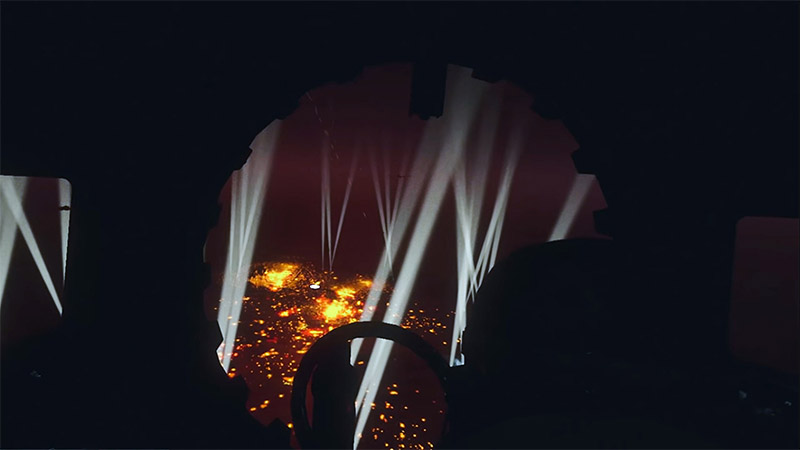
The Avro Heritage Museum is highly recommended. If you visit, don’t miss the VR Lancaster bombing raid experience. For a taster, watch the video below.



